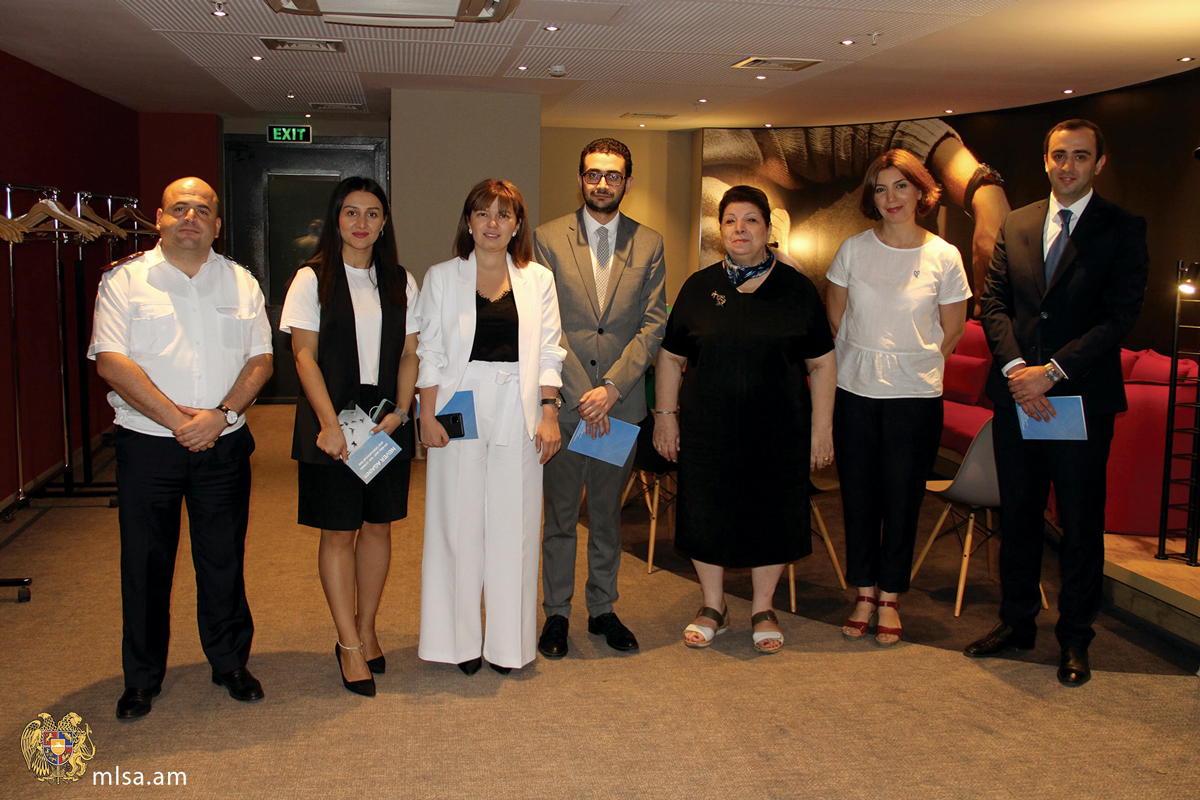
NGOCSTIP – Armenia’s Secret Weapon Against Human Trafficking may not involve high-tech surveillance or elite task forces. Instead, it takes the form of an educational manual designed for secondary school teachers. Developed by the International Organization for Migration and supported by the UN Migration Network, this manual equips educators to introduce anti-trafficking themes directly into the classroom. With real-life scenarios, participatory discussions, and carefully structured lesson plans, the material is aimed at making students aware of the signs and risks of trafficking. It goes beyond basic awareness, focusing on prevention and building resilience among youth. The manual has already been integrated into schools across Armenia, showing tangible success. Rather than treating trafficking as a distant or adult-only issue, the curriculum brings it into everyday learning, using familiar school settings to create lasting impact. This quiet but powerful approach represents a new frontier in the global education-based strategy against human trafficking.
At the heart of Armenia’s Secret Weapon Against Human Trafficking is a belief that awareness must begin early and within trusted spaces like classrooms. The manual created by IOM Armenia contains eight structured lessons, each rooted in real-world challenges faced by youth today. These lessons guide students to identify recruitment traps, fake job offers, and manipulation tactics often used by traffickers. By framing trafficking as a local and personal threat, not just a global statistic, the manual increases student engagement.
Teachers have reported a noticeable shift in how students talk about personal safety and online communication. Role-play scenarios and group activities help students connect emotionally with the subject. In several schools, independent discussions were initiated by students outside class time. The success of this approach shows that when equipped with the right tools, educators can become key players in prevention. This education-first model is being recognized across the region as a practical and scalable solution.
One of the strongest features of the manual lies in its seamless fit within the national curriculum. Instead of treating it as a stand-alone subject, schools teach the material through existing courses such as civics, literature, and social studies. This approach allows schools to adopt the program without adding extra costs or demanding more instructional time. Teachers use clear frameworks, learning goals, and interactive formats, which eliminate the need for trafficking expertise.
The creators of the manual designed the content to reflect Armenian cultural and social contexts, using examples and case studies that feel familiar to students. During the pilot phase, both educators and students responded positively to the lessons. Unlike many educational reforms that encounter resistance, this initiative gained support because it empowers teachers rather than overwhelming them. Education officials observed improvements in students’ critical thinking and communication skills, which makes the manual valuable beyond its focus on human trafficking.
Although the creators originally developed this manual for Armenia, its effectiveness has drawn international attention. Officials in several other countries now explore ways to adapt the program within their own education systems. Stakeholders in regional UN Migration Network sessions have cited Armenia’s implementation as a case study. The model shows how anti-trafficking education can deliver strong results with low costs when grounded in local realities.
Its adaptability stands out as one of its most powerful strengths. Schools do not need digital infrastructure to apply the material, which makes the program accessible even in low-resource settings. Educators across both urban and rural areas have taught the manual with consistent results. Teachers observed that students show greater awareness and feel more confident asking questions about safety, employment, and migration. NGOs and youth organizations have joined the initiative, helping extend its influence beyond classroom walls. This wide collaboration gives the Armenian model a uniquely dynamic and community-based character.
Perhaps the most important result of this initiative appears not in test scores but in student mindset. Young people who complete the lessons leave the classroom not just informed but empowered. They learn how to recognize risky situations and identify where to seek help. The program also encourages them to become peer educators, sharing knowledge with friends and family. Some students have taken the lead in organizing awareness campaigns within their communities.
The designers of the manual intentionally structured it to promote empathy, dialogue, and critical thinking instead of fear. School administrators highlight how the program strengthens a protective environment within schools. By presenting trafficking in the broader context of rights, consent, and dignity, the lessons help students grow more socially aware and confident. Armenia’s Secret Weapon Against Human Trafficking shows that education can do more than deliver information — it can inspire real transformation. These classrooms now cultivate a generation prepared to resist exploitation.